Mount Koya
While doing your research for Japan, you may have come across a potential excursion to Mount Koya. The town is a far journey from most cities and the logistics of getting there can be confusing. Many people opt to skip visiting this small town for the logistical challenge it can present. If you have the time, I caHere’s how it can be done and why I think a Mount Koya retreat is a must-do in Japan.
What is Mount Koya?
Mount Koya is an isolated town in the Koyassan Mountains that serves as the home for Shingon Buddhism in Japan. The area has important religious significance and houses many Buddhist temples. The town itself is small, only 6km x 3km, but is home to some of the most important Buddhist teachings in the country.
Why This Retreat
So why should you make the long journey to Mount Koya? As mentioned, Mount Koya is the home Esoteric Shingon Buddhism in Japan. Traveling here will allow you to partake in a Buddhist retreat with some of Japan’s most influential monks. If you are not religious don’t worry, you’ll learn very quickly that Buddhism is a mindset more than a religion. All religions and backgrounds are accepted and all activities are optional.
Kobo Dashi
Throughout your Mount Koya retreat, you’ll hear one name repeated constantly, Kobo Dashi. Kobo Dashi is the founder of Mount Koya as the epicenter of Shingon Buddhism. After learning about Buddhism in China, Kobo Dashi returned to Japan looking for an isolated place to practice the religion.
Rumor has it that he was walking up Mount Koya when he saw one black and one white dog (a religious symbol for Shintoism) and asked for permission to build a temple. The area soon became a pilgrimage for anyone looking to learn his Buddhist teachings and more and more temples were constructed. Before long, Mount Koya was the epicenter of Buddhism in Japan and Kobo Dashi became one of the most influential people in the country.
Kobo Dashi is the heart of Koyasan and if you plan to come here, I would recommend reading up on him before arriving.
How to Get To Mount Koya
Osaka is the easiest destination to get to Mount Koya from. The Nankai Koya line will take you from Osaka Nankai Namba station to Gokurakubashi Station. From Gokurakubashi station, you will take a 5-minute cable car up to Mount Koya.
The Nanaki line has direct trains to Gokurakubashi for 1,650 yen or a slightly slower journey (20 additional minutes) that requires a transfer at Hashimoto Station (1,200 yen).
The entire journey from Osaka takes about 2.5 hours, but the ride is pretty scenic. If you are not situated in Osaka, you may have to add the additional time to get there. We went directly from Kyoto which added an extra 45 minutes to the total travel time.
Sounds like a confusing journey? Trust me it’s not. The Japanese railway system is so easy to use. Stops are outlined clearly in both English and Japanese. Subway station flooring shows you where to stand for each line as well. If you are confused, train staff everywhere are helpful and can easily guide you to the correct line. If all else fails, Google Maps is a lifesaver!
Tip: NAVITIME is another app you can download to help you with travel around Japan
Where Should I Stay?
If you decide you are going to do this, the Eko-In Temple is undoubtedly your best option. The temple offers you the chance to partake in many Buddhist activities such as a fire ceremony, morning chanting, and evening meditation. The location of the temple is also fantastic convenient as it is situated near famous Mout Koya sights such as Okunoin Cemetery and The Hall of Lanterns. To top it all off, the rooms here are utterly spectacular. It was probably the nicest room I have ever stayed at.
If you do choose to stay here, book early! Rooms get sold out very fast. The rooms are pricey and it may be hard to justify if you are on a budget. However, to make up for the cost, you can always book capsule hotels in other cities along your Japan travels!
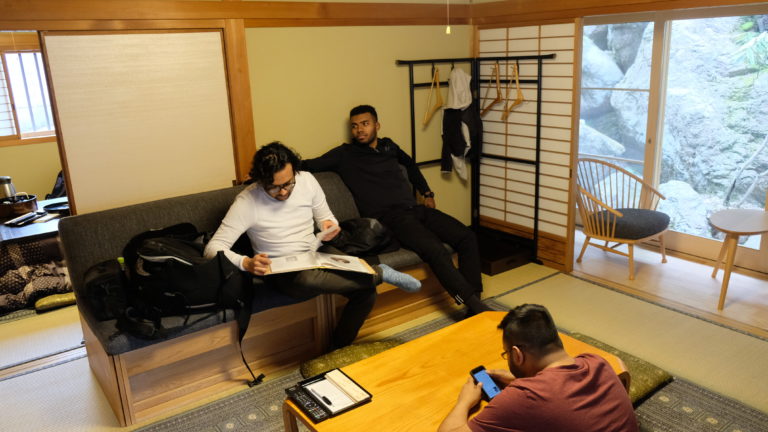
How Many Days
How many days is always a tough question to answer. If you’re short on time, one night is more than enough to see and experience all of what Mount Koya’s has to offer. If, however, you are fascinated with Buddhist culture or simply want to relax up in the mountains for a longer period of time, you can always opt for a longer visit.
What To Do
1. Experiences with the Monks
First and foremost, you are here to experience the life of Buddhist Monks. The Eko-In temple offers you several opportunities to do this, and I recommend you try them all.
Everyday, around 4:30 pm, a meditation session will take place at the temple. A monk will teach you about the importance of clearing your mind and guide you through a 30-minute meditation. The session is very peaceful and will provide you tips to practice further at home.
In the mornings, you also get the chance to join monks in their morning prayers. You’ll have to wake up around 6:00 am for this but you won’t want to miss it. The prayers are powerful even if you don’t understand what is being said. The sounds of four monks chanting a 30-minute prayer in perfect synchronization is a relaxing and spiritual way to start your day.
Immediately after the morning prayers, a traditional Buddhist fire ceremony takes place in a room near the Eko-In. The experience is fascinating and unique. The monks do a good job of explaining the meaning behind the ceremony following its completion.
2. Okunoin Cemetery and Hall of Lanterns
One of the most famous stories of Kobo Dashi revolves around his death. Kobo Dashi was said to have predicted the day he was going to die. Before this date, he decided to enclose himself in a room and enter a state of eternal meditation. A hundred years later, it is said that he was found by the head monk of Mount Koya, still sitting in his meditation pose.
How much of the story you believe is up to you, but this legend is the reason Okunoin Cemetery, Mount Koya’s most famous tourist spot, was created. For many Buddhists, being buried next to Kobo Dashi as he sits in eternal mediation has an important significance. Many believe that resting next to him is the key to eternal living. The result is now a graveyard with over 500,000 tombs of people from all over the world.
You can’t come to Mount Koya and not see this incredible cemetery. You’ll want to start your exploration here by joining a night tour. The tour is led by a Buddhist monk who will explain the history behind the cemetery.
As you listen to the history and walk through Japan’s largest graveyard, chills will run through your body. The entire journey has an eerie feel to it. You will be greeted by thousands of tombs covered in moss, an array of extremely high cedar trees, and the occasional flying squirrel jumping between branches. The tour concludes with a visit to Kobo Dashis Mausoleum and a loud prayer chant that echos into the night sky.
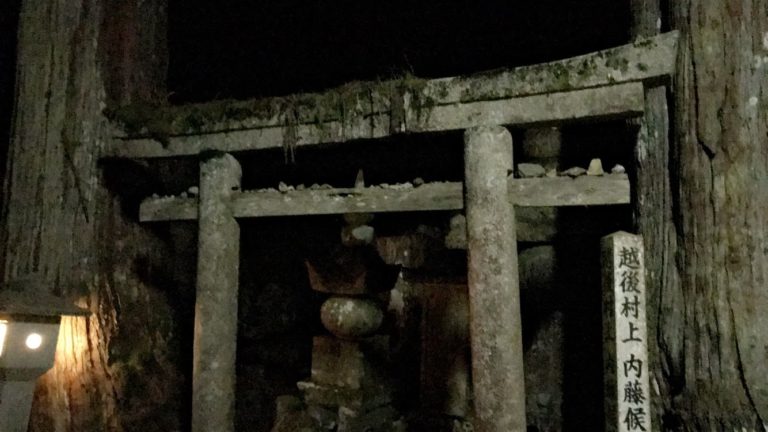
I encourage those who do the night tour to also come back and visit the following day. Your day visit will have a much calmer and peaceful feel to it. If you are at the cemetery at either 6:30 am or 10:30 am, you can also see the feeding of Kobo Dashi. To this day, monks still cook and serve food to him.
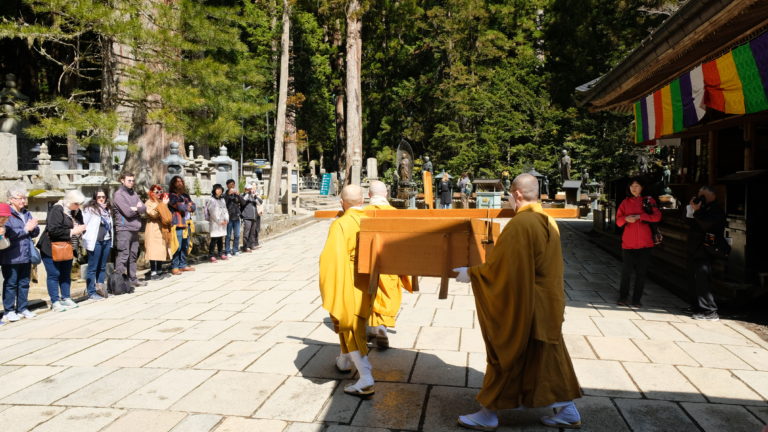
3. Hall Of Lanterns
Next to the mausoleum is the hall of 10,000 lanterns. The room is what it sounds like. You will walk into a hall with endless rows of lit up lanterns The minute you walk in you will be awestruck at the sight of the endless array of lights. It felt like something you would find in a Harry Potter movie!
4.Nature
The air is fresh up in the Koyassan mountains primarily because of all the trees. Wherever you wander off to in Mount Koya, you will undoubtly see lots of nature. Yes, even nature has a connection to Kobo Dashi and Buddhism; In fact, nature is the center of Esoteric Shingon Buddhism. Esoteric means secretive, so this sect of Buddhism is roughly translates to secret Buddhism. The reason for this is because it is believed that all of life’s teachings are hidden in nature. A perfect example is a lotus, as explained by a monk here.
“Lotus represents life. They start off growing in muddy waters but once they get through that phase, they are hard to bring down and are beautiful to look at. The lotus is a teaching of life. When in a bad situation, if you make it to the top you will only be stronger and more beautiful”.
Again, how much you believe or not in these nature teachings is up to you. Regardless, it’s an interesting way to look at the world. As you enjoy the natural scenery all around you, take some time to just sit and think about it from an Esoteric Buddhist perspective.
5. Other Historical Sights
If you have extra time you can check out some of Mount Koya’s famous historical structures. Here are 3 of the most popular sights:
- The Daimon Gate: The official entrance gate to Mount Koya.
- Dai Garan: The location where Kobo Dashi first built his Buddhist temple
- Konobuji Temple; The current teaching sanctuary of
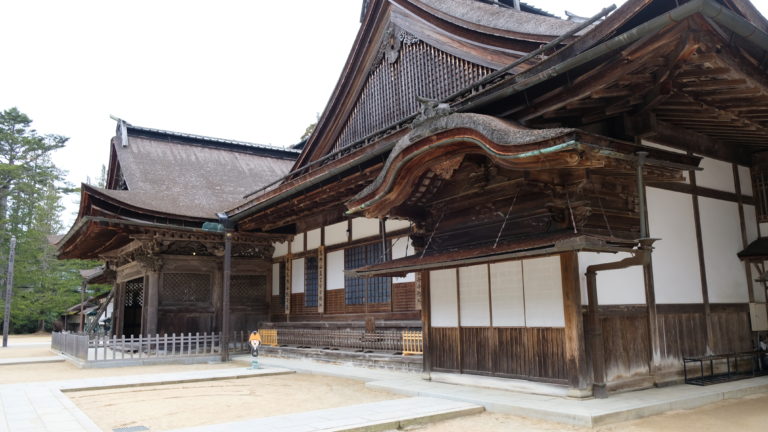
Overall Experience
I can not tell you how much I loved this experience. I learned so much about Buddhism and getting to interact with Buddhist monks in the manner that we did, was a once in a lifetime opportunity. If you have the time, I would highly recommend this retreat. Come here with an open mind and indulge yourself in the Buddhist teachings. You just never know how it may change the way you look at the world!
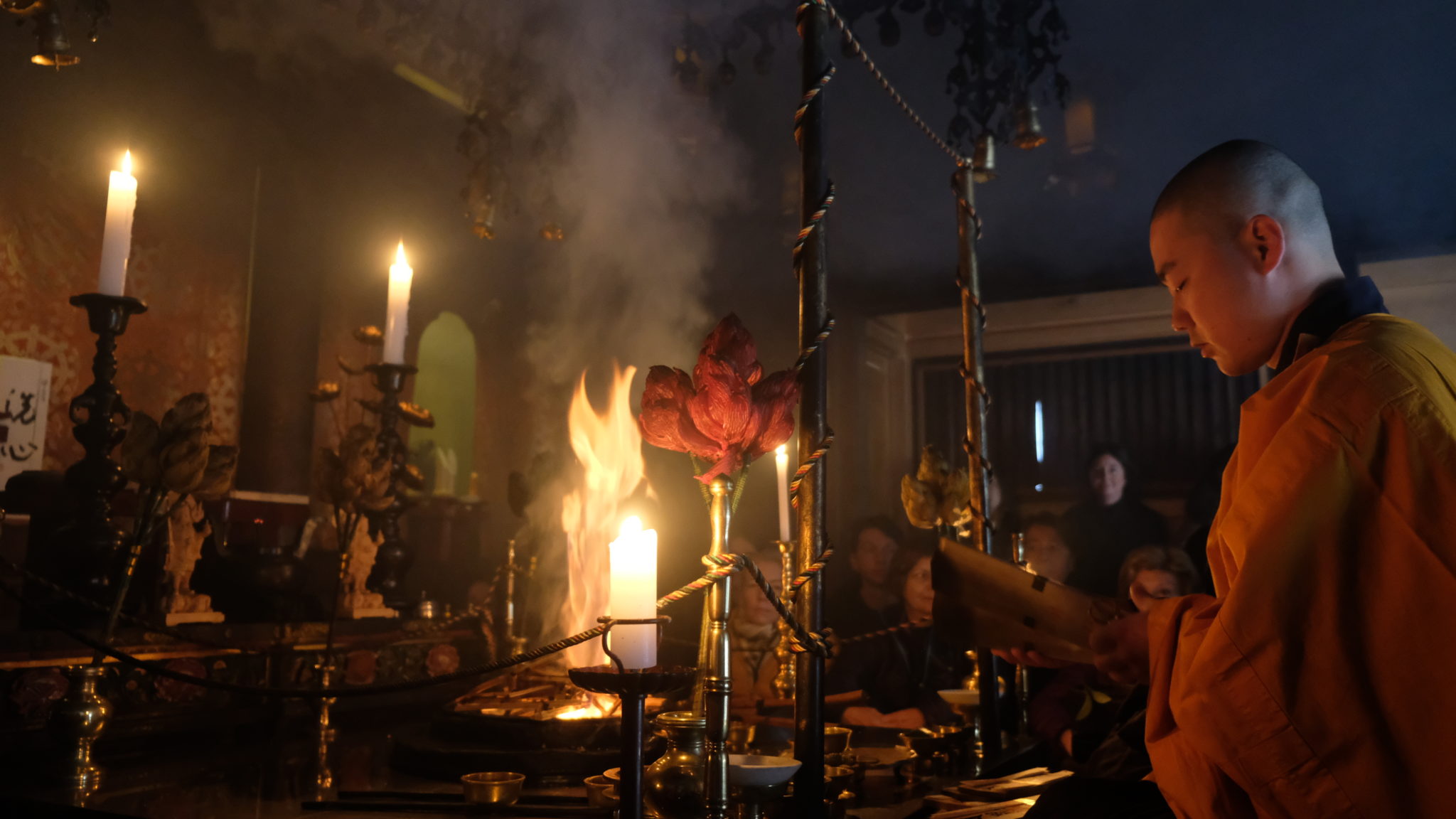
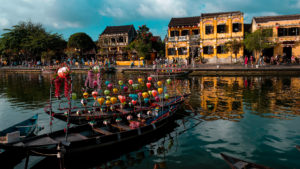
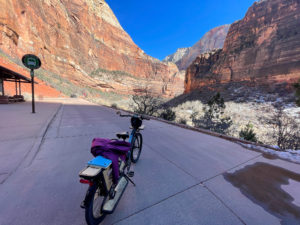
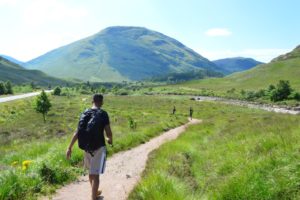
This sounds really cool, I’m surprised it’s such an underrated destination! If I had known about when I was in Japan, I definitely would have gone. It sounds like such a beautiful place and such an interesting opportunity to learn about Buddhism in Japan.
Yea people skip it because of logistics but it is def worth the trouble.
Wow I have never heard of this place! That you for bringing it to life and sharing your wonderful experience. It sounds like a perfect relaxation retreat.
Wow I had no idea this was even possible to spend a day in the life of a monk! Almost thought it too sacred maybe…. But I am all about immersing myself in the full culture of a destination. This is such a neat opportunity you have covered and I would love to do it for myself!
This does look like a really cool experience. I think a lot of people associate Buddhist retreats with other countries like Bhutan, but it’s cool to know that Japan offers such a relaxing and restorative retreat like this as well. I spent some time in a Buddhist retreat in Yunnan a while back, and like you, as someone who isn’t strongly religious, I still found it to be a great experience.
I am already by your post and really want to visit Mount Koya, experience the Buddhist meditation, prayers, Okunion Cemetery and Hall of Lanterns. We too would prefer living nearby only and Eko in looks like a perfect choice there. Thanks for sharing your experience.
No problem! Hope you get the chance to do it.
I’ve been to Japan almost ten times and am always looking for new/less popular things to do. Visiting Mount Koya seems like such a beautiful experience and you’re so right that it’s totally worth the 6-hour journey. Thank you for putting this on my radar!
You should do this you wont regret it
Pingback: The Absolute Perfect 12 Day Japan Itinerary - Earth's Corner
Pingback: Ichigo Ichie Meaning - A Powerful Japanese Phrase | Earth's Corner